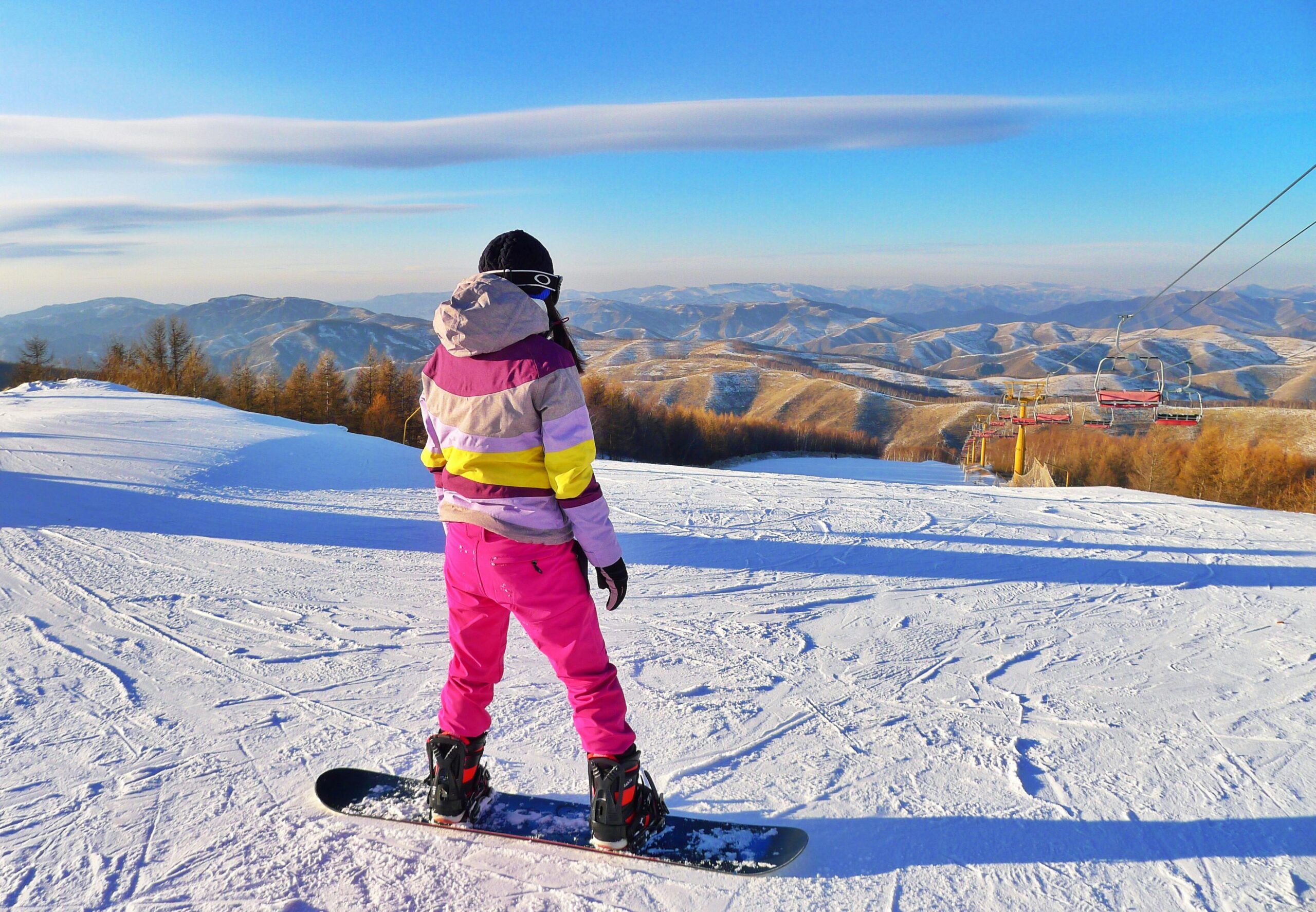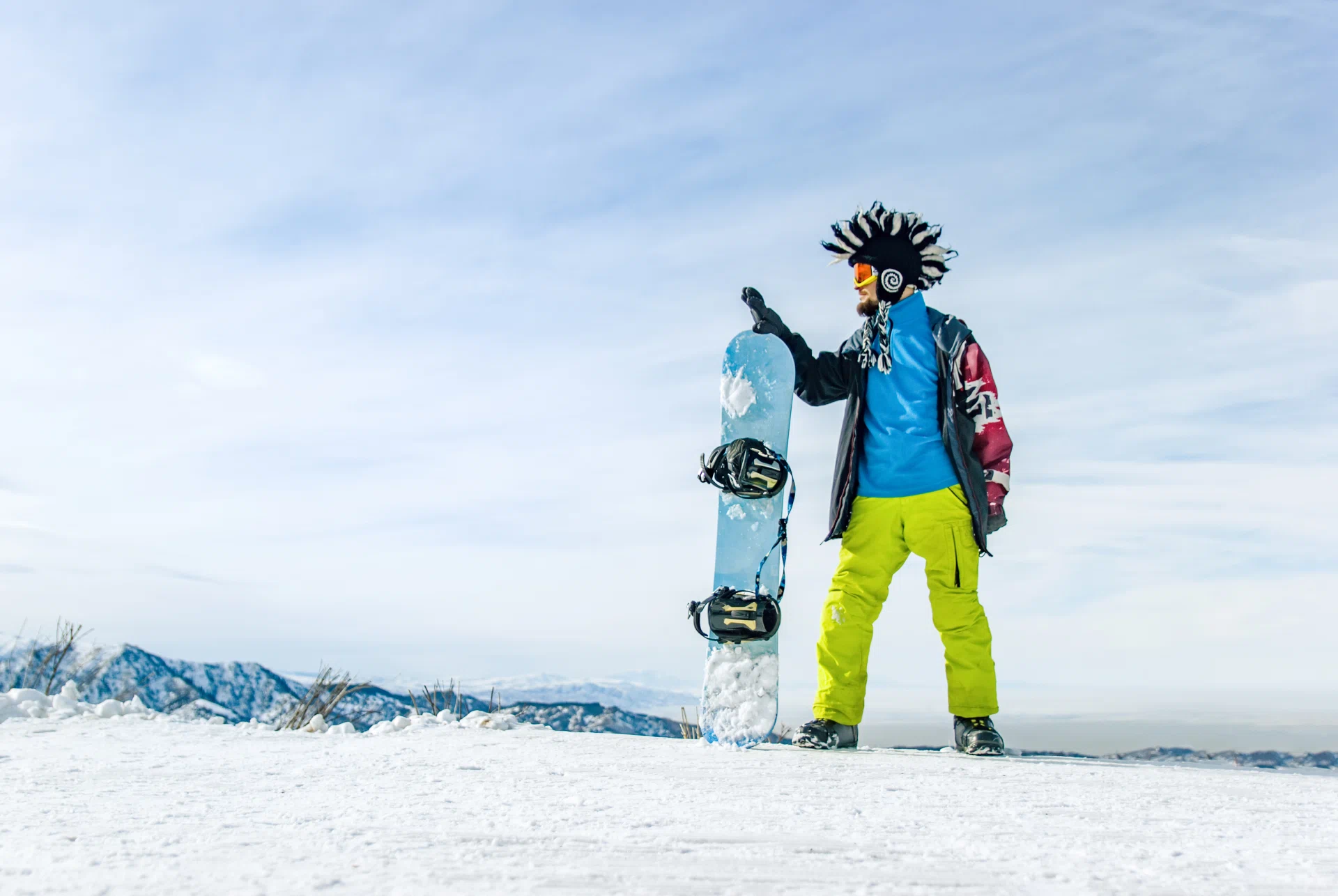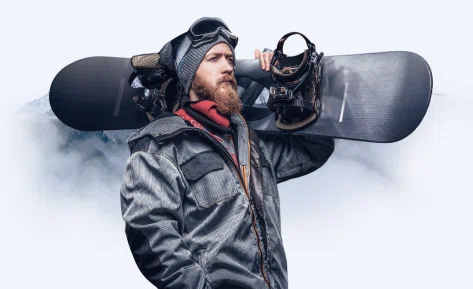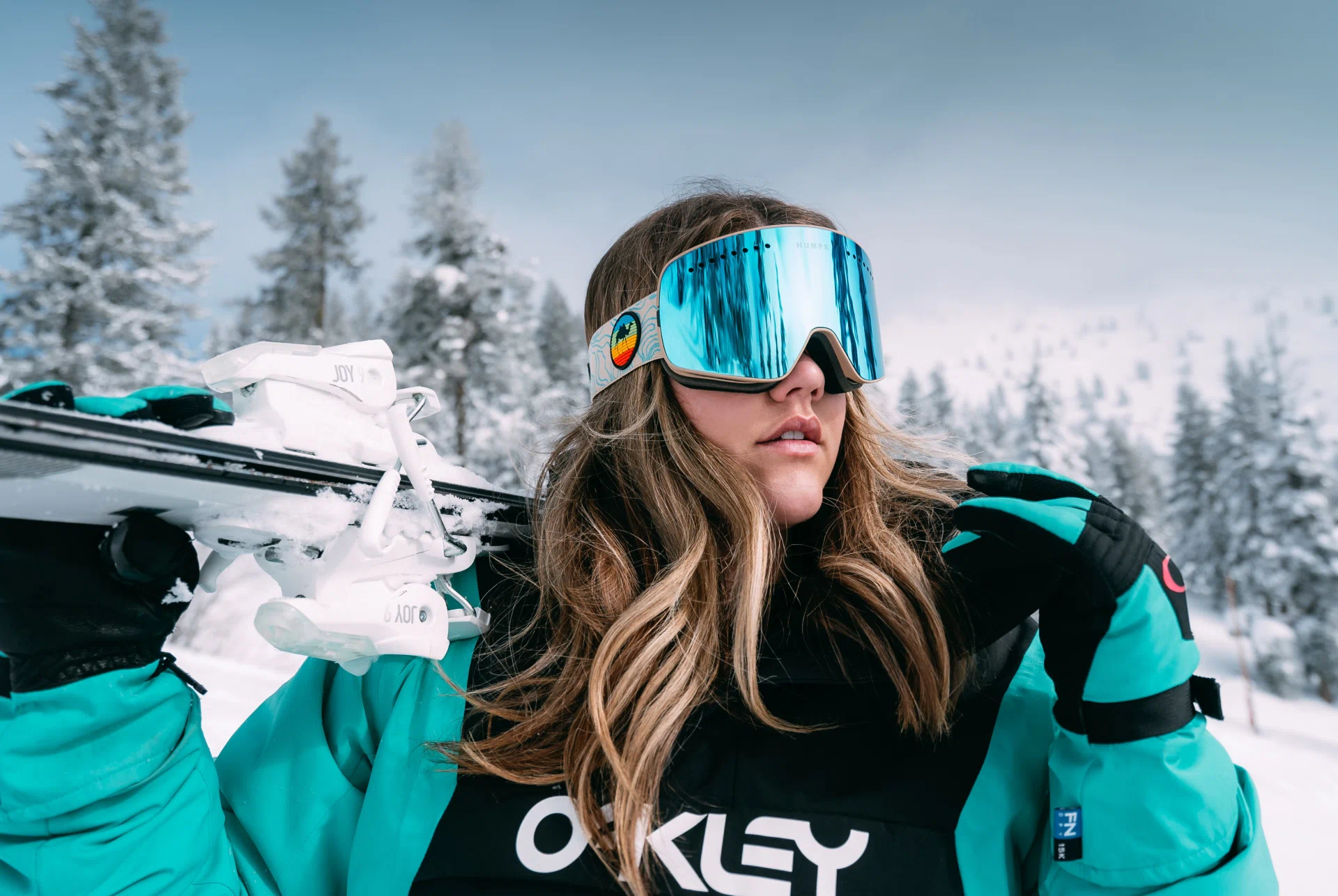
Eye Protection in Winter: Why It Matters and What You Need
June 5, 2023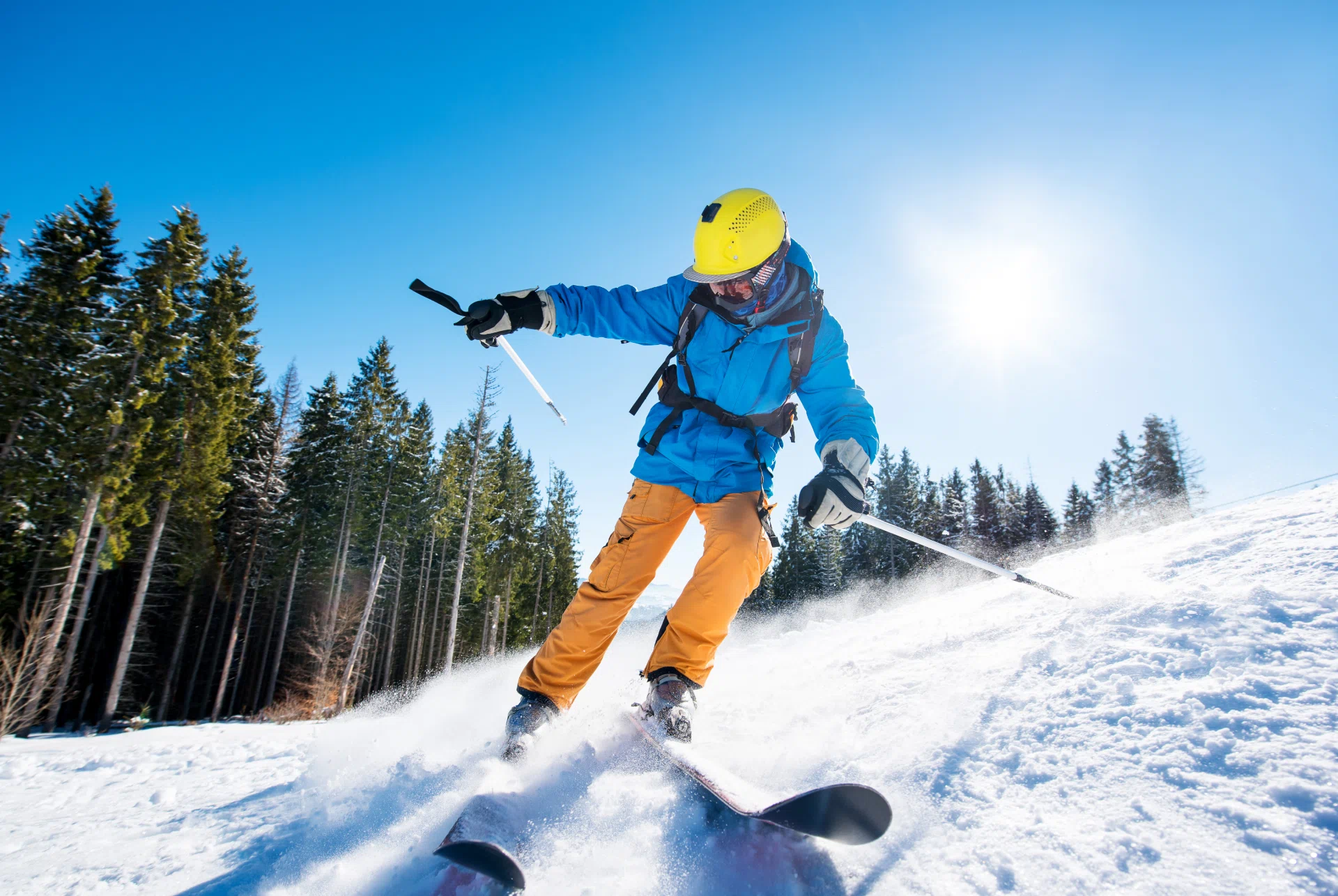
Protective Gear for Outdoor Adventures: Stay Safe, Stay Confident
June 5, 2023
Eye Protection in Winter: Why It Matters and What You Need
June 5, 2023
Protective Gear for Outdoor Adventures: Stay Safe, Stay Confident
June 5, 2023EVENTS
When to Upgrade Your Outdoor Equipment
Outdoor gear isn’t just about performance — it’s about safety, comfort, and reliability.
Whether you hike, camp, ski, or snowboard, your equipment can make or break your adventure. But how do you know when it’s time to upgrade your gear? Holding onto old equipment too long can lead to frustration or even danger, while upgrading too often can waste money. The key is knowing the right time to make the switch.
1. When Safety Is at Risk
Safety should always come first. If any of your equipment compromises your protection, it’s time for an upgrade — no questions asked.
For example:
-
Ski bindings that don’t release properly can cause serious injury.
-
Climbing harnesses or ropes that show fraying, stiffness, or wear are no longer safe.
-
Helmets that have been dropped or involved in impact must be replaced immediately, even if they look fine.
-
Winter jackets that no longer repel moisture or retain warmth can expose you to hypothermia.
If your gear doesn’t perform its safety function — whether it’s protection, stability, or traction — it’s time to upgrade.
2. When Performance Starts to Decline
Even the best gear wears out over time. Materials lose flexibility, insulation flattens, and waterproof coatings fade.
You may notice it’s time to upgrade when:
-
Your boots lose traction or start leaking.
-
Backpack straps begin to tear or lose padding.
-
Zippers, clips, or buckles fail repeatedly.
-
Outer shells no longer keep you dry despite reproofing.
If your gear makes your activity harder, less comfortable, or less efficient, an upgrade will likely improve your experience. Newer gear often includes advanced materials that are lighter, more breathable, and more durable than older designs.
3. When Technology Has Improved Significantly
Outdoor technology is advancing faster than ever. Gear that was cutting-edge five years ago might now be outdated.
Some examples include:
-
Jackets and shells with new waterproof membranes that breathe better and weigh less.
-
Insulation materials like PrimaLoft® or recycled down that provide more warmth with less bulk.
-
Snow goggles with photochromic lenses that adapt to changing light conditions.
-
Ski boots and bindings with enhanced energy transfer and comfort.
If you’re struggling with older, heavier, or less efficient gear, upgrading can dramatically enhance your performance and enjoyment.
4. When Your Skill Level Improves
As you gain experience, your needs change. A beginner’s setup might not keep up with an intermediate or advanced user.
For instance:
-
A novice skier may start with soft, forgiving skis, but as skills grow, stiffer, performance-oriented skis provide better control.
-
A casual hiker might use a basic daypack but later need a technical backpack for multi-day treks.
-
A casual camper might outgrow an entry-level tent once they start camping in harsh conditions.
Upgrading as your skills improve helps you get the most out of your abilities — and it can make challenging terrain feel much more manageable.
5. When Your Gear No Longer Fits Your Lifestyle
Maybe you’ve started winter camping, taken up backcountry skiing, or begun long-distance hiking. The right gear should match your current interests.
Ask yourself:
-
Am I using my gear as often as I used to?
-
Does my gear meet the demands of my new adventures?
-
Has my body changed — meaning fit or size adjustments are needed?
If your equipment doesn’t fit your current routine or comfort level, it’s time to find something that does.
6. When Repairs Cost More Than Replacement
Sometimes, fixing gear can become a cycle of wasted effort. Replacing broken zippers, patching leaks, or reproofing fabrics only goes so far. If you’re spending more time and money repairing than using, upgrading to a reliable, modern alternative will save you frustration — and often money — in the long run.
Final Thoughts
Upgrading your equipment isn’t just about getting something new — it’s about staying safe, improving performance, and enhancing your enjoyment. Outdoor gear is an investment in your experience, and keeping it up to date ensures you can explore confidently and comfortably.
At MountainGear.ca, we believe great adventures start with great gear. When the time comes to upgrade, choose equipment that fits your goals, supports your skill level, and stands up to the elements — so every journey can be your best one yet.

